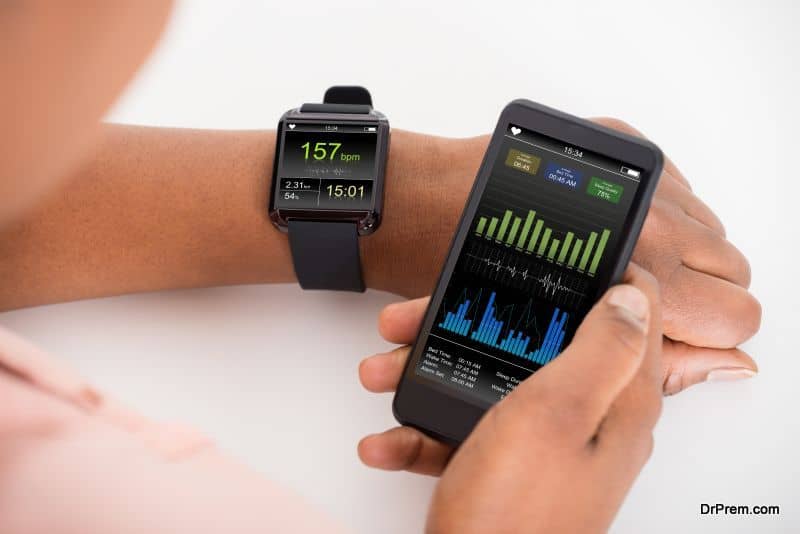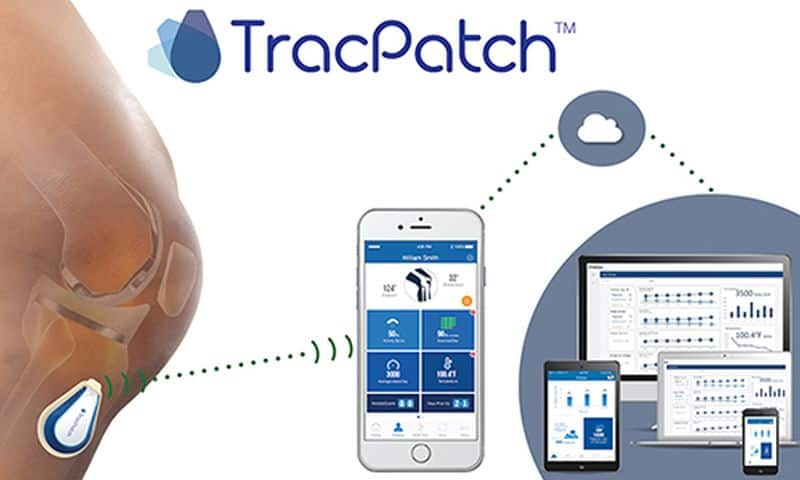The future orthopedic treatment outcome is likely to rely more on the growing wearable technology deviating a lot from the conventional patient-reported outcome measures (PROM). The success in orthopedic treatments rests on faster rehabilitation and improved mobility of patients enhancing their quality of life significantly.
Measuring the treatment outcome in orthopedic treatments:

Many a time, patients are unable to answer the questions due to lack of understanding. As a result, adequate details of the outcome are not provided. Moreover, patients are not always willing to participate in providing the feedback.
This makes the task of clinicians extremely difficult as without the right feedback proper treatment plan post operation cannot be suggested which creates a blockade to the recovery path.
In orthopedic care, most often the objective is more on improvement of the condition than providing a solution specifically in degenerative conditions arising due to old age. For example, in a joint replacement surgery, the specialists work in reducing the pain and improve mobility as soon as possible.
Wearable technology in tracking patient outcomes:
Fitbit, Misfit, Apple healthkit, smart watches flooding the market have helped people to take proactive measures to maintain their fitness or as a health monitor to track post illness recovery. But tracking recovery and progress in orthopedic treatments is somewhat different where tracking the improvement in patient’s mobility is of utmost importance.
If a person’s mobility tracking is based on a smart phone, the moment he/she keeps down the phone the trackers may miss some steps. The person may be moving about without the phone which would provide incomplete data of his mobility.
Normally, fitness trackers give accurate counting of steps but this may be misleading in case of a person who has undergone a knee replacement surgery. His step count may not increase but that does not mean he is not improving. He must be carrying out his normal activities with much less pain.
Customized wearable for orthopedics – need of the hour

For that, wearables with specialized sensors fitted on the treated joints would help a lot to measure the joint movements specifically in joint replacement operations. Smart sensor embedded clothing can also serve the purpose which would be able to track the entire range of mobility.
Another great option would be sensor embedded orthopedic implants which can send data in the cloud allowing the clinicians to get real-time updates of the treatment outcome. Wearables having the ability to measure the energy expenditure of a patient in taking steps would also help in assessing the intensity of the pain.
Widespread use of wearables has far reaching benefits:

With the help of advanced algorithm based data analysis, specialists would be able to identify specific movement patterns related to specific orthopedic problems. This would help them to take proactive measures with other patients and prevent further degeneration.
This available data would also help to set a baseline for mobility of a patient before operation and help in better tracking of the patient’s progress. The data of other patients may serve as a benchmark for other patients motivating them towards faster rehabilitation.
Allows remote patient monitoring reducing hospital stay:
This is another significant advantage to be enjoyed by the patients including cost saving from the short hospital stay. The clinician would be able to monitor the patient progress remotely identifying potential problems and at the same time cautioning the patient about the required postoperative care which often gets slipped bringing in bigger problems.
Breakthroughs in orthopedic wearable:
A great breakthrough in wearable technology helping in better patient recovery monitoring has been brought by trac patch launched by Consensus orthopedics. This wearable is helping the clinicians monitor their patients range of motion (ROM) and view their rehabilitation process through smartphone and web based services.
It is redefining the patient engagement where the patients are reminded of their rehab activities and the real-time data are provided to the clinicians. In short, tracpatch has empowered the patients to achieve their rehab goals conveniently from their homes.
If tracpatch is helping in improving knee movement post surgery, Gloreha is creating waves in upper limb rehabilitation. The lightweight glove with joint flexion extensions helps a patient with limited capability fulfill his movements.
Similar rehabilitation wearables enabling improved mobility post surgery, injury and trauma are rising in popularity as they are delivering better treatment outcomes under real time monitoring reducing the necessity of repeat clinic visits for physiotherapy and associated expenses.








